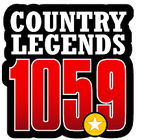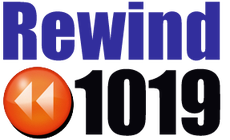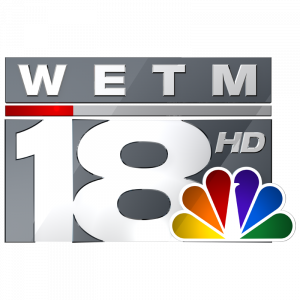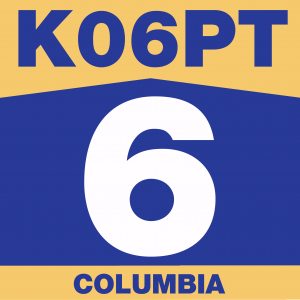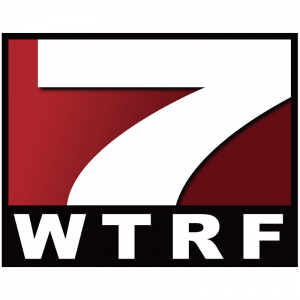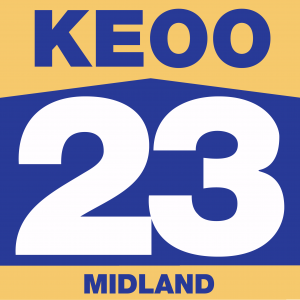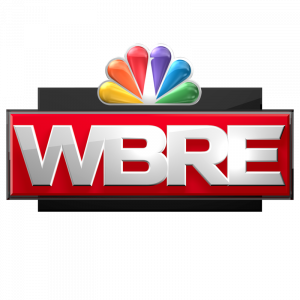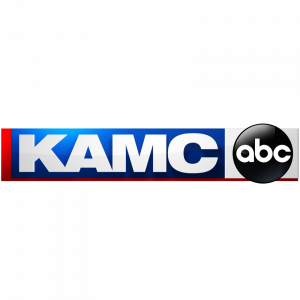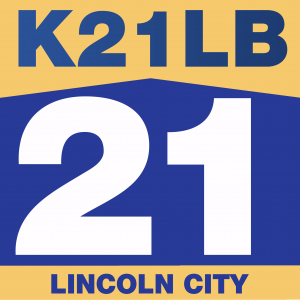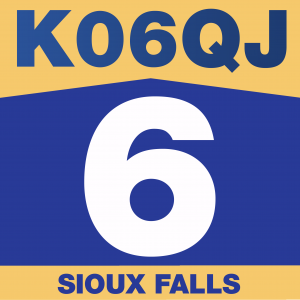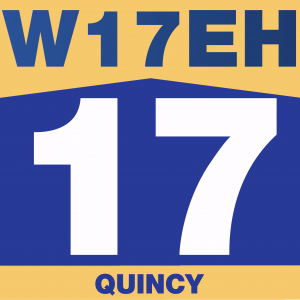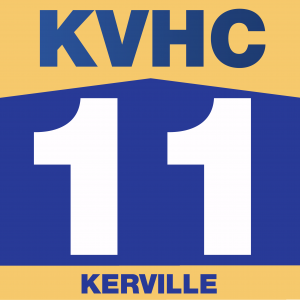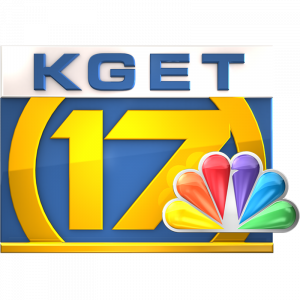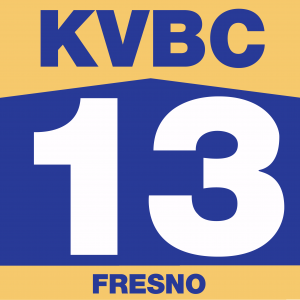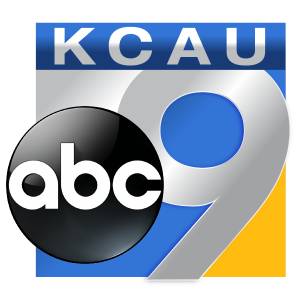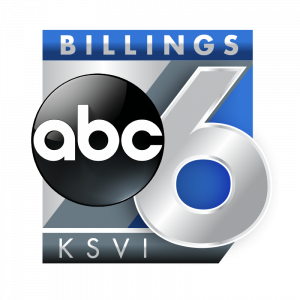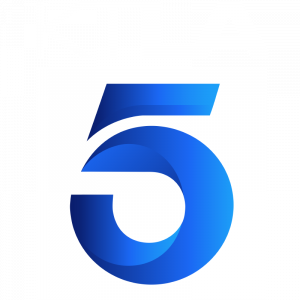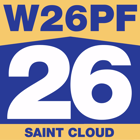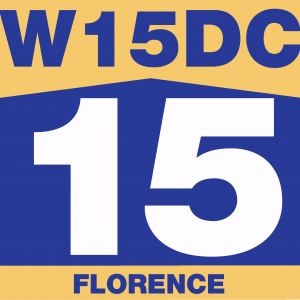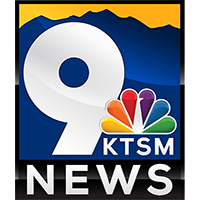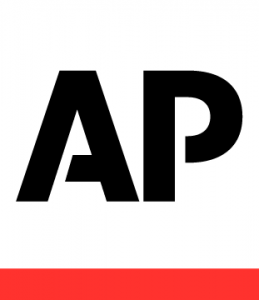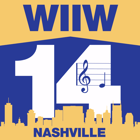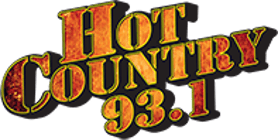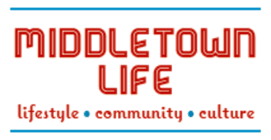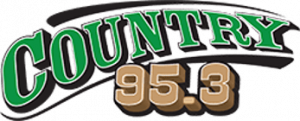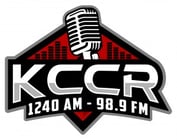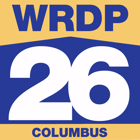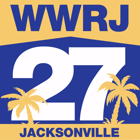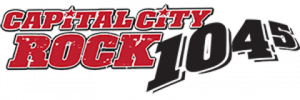Children’s books can be used as a tool for learning, promoting values, and for fun. New Book Authors Publishing offers tips on how to write a children’s book
“Children’s book publisher, New Book Author’s Publishing offers advice on how to write and start a publishing process for a children’s book.”— Explore Authors Magazine
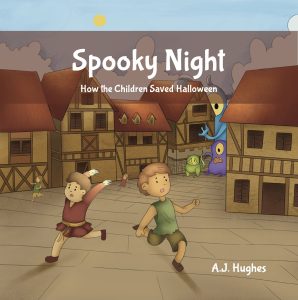 NEW YORK, NY, UNITED STATES, October 3, 2024 /Explore Authors Magazine/ — Children’s books are a great tool for communicating lessons about life, values, and fun. But most importantly, a children’s book can be educational and should convey a positive tone. These are core values that families and teachers seek when buying a children’s book for their loved ones or students.
NEW YORK, NY, UNITED STATES, October 3, 2024 /Explore Authors Magazine/ — Children’s books are a great tool for communicating lessons about life, values, and fun. But most importantly, a children’s book can be educational and should convey a positive tone. These are core values that families and teachers seek when buying a children’s book for their loved ones or students.
The first step is to create an outline of what the story is about. Authors will want to focus on the following:
1. Try to create a clever and unique story with great memorable characters. It’s important to write a story that sparks the imagination.
2. Writers will need to determine the age, grade, and demographic of their readers. Retailers will want to know the age range, usually between 0-4, 5-8, 9-12, and 13-18. Books for readers between the ages of 13 and 18 are young adult titles. Retailers will also want to know the grade range. This is how the book will be listed when it is placed on sale so that parents can find books in the right age group. The story should be age appropriate.
3. When writing a children’s book, the narration should be clear and concise. Writers will want to avoid overly complex or problematic sentence structure. For beginner readers, keep the sentence construction simple. Most importantly, the story should be grammatically correct.
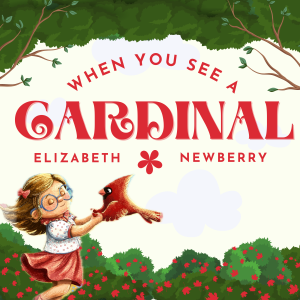 4. Beautiful, whimsical, or fun artwork can be eye-catching and a great selling point for a children’s book.
4. Beautiful, whimsical, or fun artwork can be eye-catching and a great selling point for a children’s book.
5. Create an element of suspense. The reader should feel invested in what will happen to the characters next. How will the story end?
6. Before writing a children’s book, do some research. Read different types of popular children’s stories to gain a better understanding of what is trending and to better understand the types of books children enjoy.
7. A manuscript for a children’s book is sometimes only a page long. This page long text can become a 24 page children’s book. Especially books for beginner readers, whose attention span may be shorter than a slightly older reader. A young adult book for ages 13 – 18 is usually a chapter book and can range from 24-200 pages.
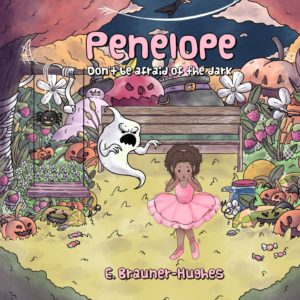 When writing a children’s book, writers have flexibility. A children’s book for a beginner reader is usually short, and the manuscript is often one page. For children ages 5 -8 the number of pages for a completed children’s book with illustrations is usually between 24 and 40 pages. The publisher will usually separate the page of text and pair it with each illustration. Paragraphs can be short or long, depending on the age and demographic for the reader.
When writing a children’s book, writers have flexibility. A children’s book for a beginner reader is usually short, and the manuscript is often one page. For children ages 5 -8 the number of pages for a completed children’s book with illustrations is usually between 24 and 40 pages. The publisher will usually separate the page of text and pair it with each illustration. Paragraphs can be short or long, depending on the age and demographic for the reader.
The published book will have illustrators available, or the author can provide their own illustration work. Some authors are great painters and artists, and some are not as strong at illustrations but are able to convey their message in fun and unique ways despite their limited artistic abilities. Whether the author is seeking to use their own illustrations or the work of an illustrator, should be discussed with the publisher. Most authors have already decided whether they need an illustrator for their children’s book. You may want to include an author proposal to submit when seeking a book publisher, though it is not always necessary.











